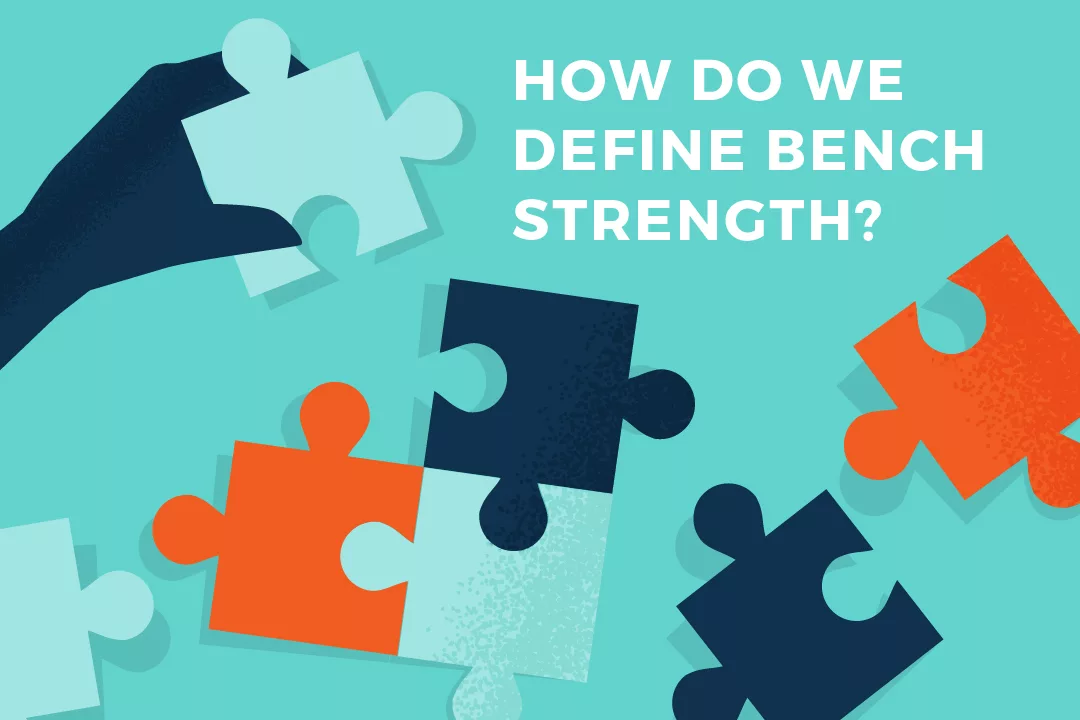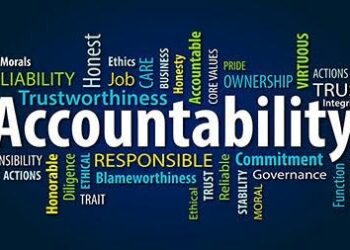The pipeline of future leaders in a company is generally referred to as the leadership bench. The most obvious analogy for the concept of bench strength can be observed in the structure and composition of sports teams. For most of us who watch football or other team sports regularly, you know that coaches often have a reserve of players to introduce into the game at specific points during a match – either to change the course of the game or replace injured teammates. Its pretty similar in most organisational contexts. Maybe that is why dictionary.com defines bench strength as “the quality and number of players available to substitute during a game.”
This illustrates the connection between bench strength and succession planning. An organisation’s bench strength — or its pool of competent employees qualified to shift into specific leadership roles — facilitates the success of the organisations’ succession plan. This plan, if executed well, ensures continuity in leadership, avoiding vacancies or periods of ineffective leadership while new hires are trained.
Current research by Development Dimensions International (DDI), in their recently released CEO Leadership Report highlights the fact that one of the biggest challenges facing CEOs today is the quality of their next generation of leadership. DDI found that only one in three CEOs (34%) say their front-line leadership quality is “very good” or “excellent.” Only 38 per cent of CEOs rate their mid-level leadership as being of high quality.
This fact has proven that having a strong leadership bench is important for the long-term success of an organisation. It helps to ensure that there is a pipeline of capable leaders who can step into key roles as needed, and it also provides opportunities for career development and advancement for employees.
Organisations must recognise and nurture staff members with the potential to advance to leadership positions in the future. The leadership succession plan and leadership bench are closely linked in that one feeds into the other. Providing training and development opportunities to these high potential (HiPo) staff who have been identified as having leadership capability is a typical aspect of building the leadership bench. These can involve leadership development initiatives, coaching, work rotations, and mentorship.
How Do Organisations Develop Improved Bench Strength?
Here are my top five effective ways of building your leadership bench.
Determine Important Positions And Skills
Start by determining the abilities and competencies necessary to succeed in each of your organisation’s critical roles. Some of the common skills deemed as crucial for various leadership roles include communication skills since as a leader you need to have excellent communication skills to easily communicate with different people within and without the organisation. Teamwork skills and interpersonal skills – because as a leader, you lead a team and hence must be able to relate comfortably and professionally with other team members. Other skills include organisation skills, problem-solving skills, strong work ethic and computer literacy. You’ll be able to identify potential leaders with the necessary abilities and traits thanks to this.
Assess Potential Leaders
Assess future leaders and determine which ones have the greatest potential using tools and assessments. These could involve interviews – which are conducted face-to-face by experienced personnel. Psychometric tests – an evaluation that aims at evaluating a candidate’s cognitive abilities, and knowledge of personality assessment. 360-degree feedback where customer, senior and junior colleagues give an evaluation of a candidate and the overall performance evaluations.
Give Opportunities For Development
Provide coaching, mentorship, and training programs for aspiring future leaders. They will be able to develop the abilities and skills necessary to succeed in future leadership positions as a result. One way of testing the leadership skills in a candidate is by offering leadership candidates challenging tasks that will push their capabilities and force them to learn new skills. They will gain experience and show that they can assume increasingly important leadership positions as a result. They will also have the opportunity to gain skills and learn from the best to make them the best.
Establish A Leadership Pipeline
Identify and nurture employees at various organisational levels to create a pipeline of future leaders. Having a potential top leader work at different departments and levels makes the potential leader learn how different skills are used in the departments. How a candidate handles various difficulties is what determines their capability to assume senior leadership positions. This will make sure that you have a group of potential leaders available to fill in for you in important positions as needed.
Strength Coaching
Helping your leadership teams succeed
Enhancing your organisation’s bench strength is something that should be considered long before succession planning, but is often overlooked because leaders think they have a pulse on their team’s hard and soft skills.
A Few Reflection Questions For The Reader
What are the best criteria to use to develop a leadership bench?
How to rate a candidate’s overall performance of a candidate?
What makes one candidate outstand the others?
How to help a candidate upgrade their career in an organization?





